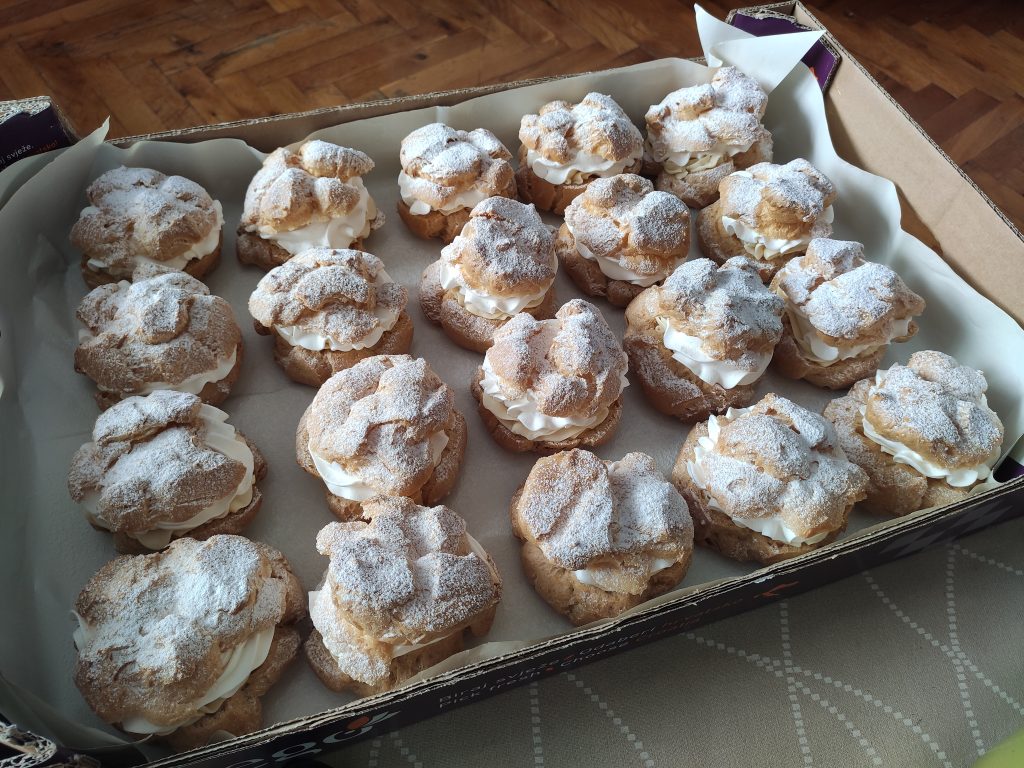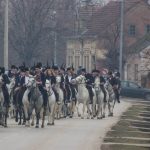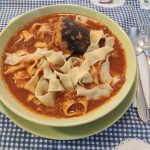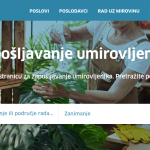Even though it was mentioned in the previous article that the roots of Carnival and Masquerade don’t have anything to do with Christianity and other religions, here in Eastern Slavonia, people decided to connect these traditions with Lent and Easter, which is usually a month and a half later in the Catholic calendar. Food is a significant identifier for every region in Croatia. For instance, Slavonia is popular for its heavy food: pork meat-based food like kulen, its “sister” seka, cracklings (čvarci), sausages, and stews made from beans, cabbage, and many more. Other homemade products are jams made from plums, quinces, apricots, and whatever fruits are available during the summer season. Furthermore, those jams are stored in cold pantries and can last for more than a year if it’s preserved and packed correctly. All mentioned dishes and products are consumed during winter until another set of preparations – always scheduled simultaneously and dated.
In February, these “heavy” dishes, especially dried meat ones like cracklings, are usually used for baked delicacies like čvarnjače, which are made so the leftover cracklings are not thrown away. They are made of salty leavened dough made out of fine flour with grounded cracklings (made out of melted lard) and can be eaten with sour cream or yogurt.
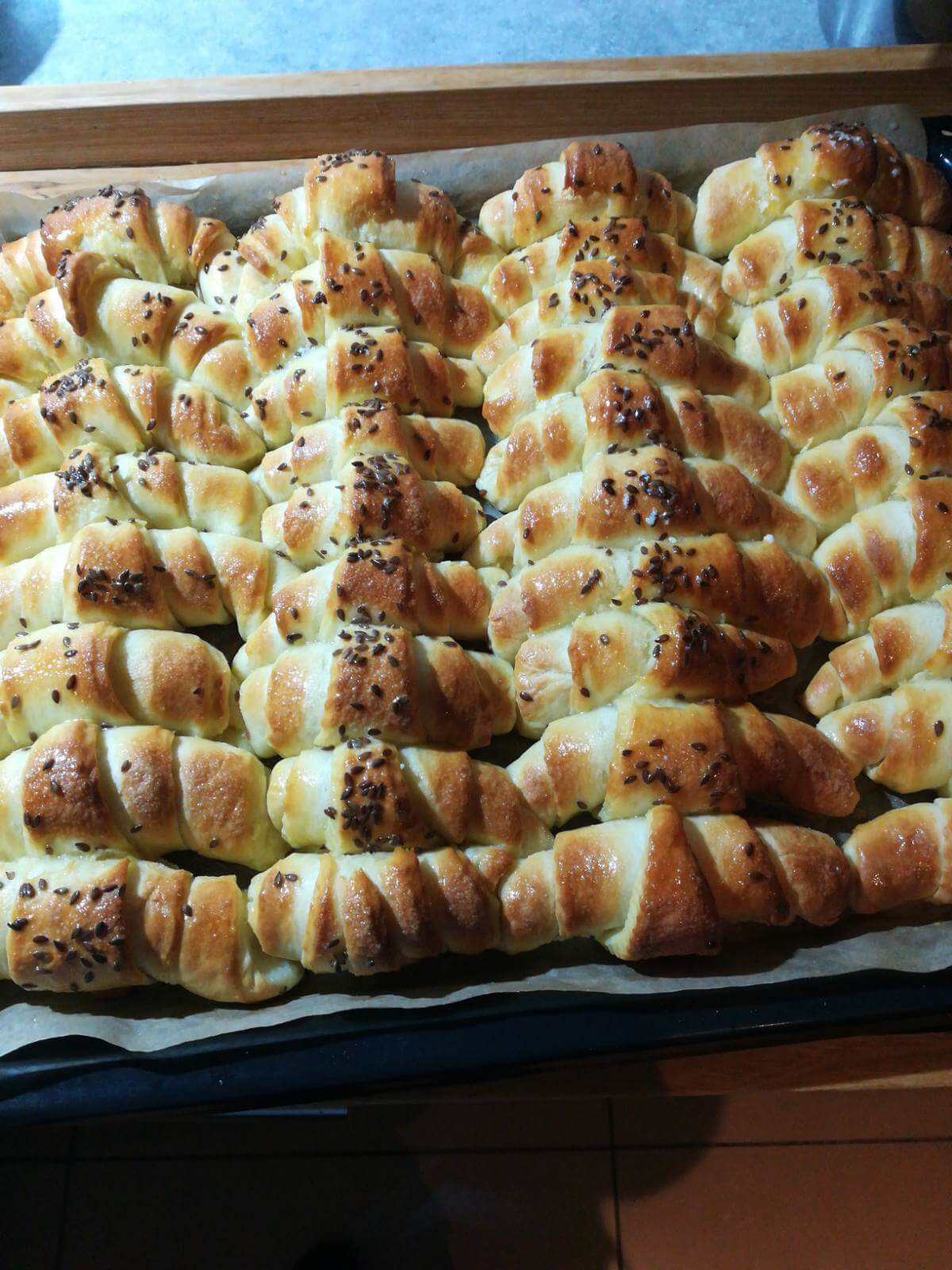
My aunts rolls – “kiflice,” Private album
Rolls (kiflice) are also made from salty, leavened dough. Before putting them into the oven, they’re coated with eggs or milk for the colour and sprinkled with sesame or cumin. Since rolls are usually served empty as a snack, Slavonians eat them with a plate of dry meat like kulen, ham, and sausages. It can also be eaten with dairies. My personal favourite is when they are filled with ham and cheese.
Now we get to the good stuff. Sweet delicacies.
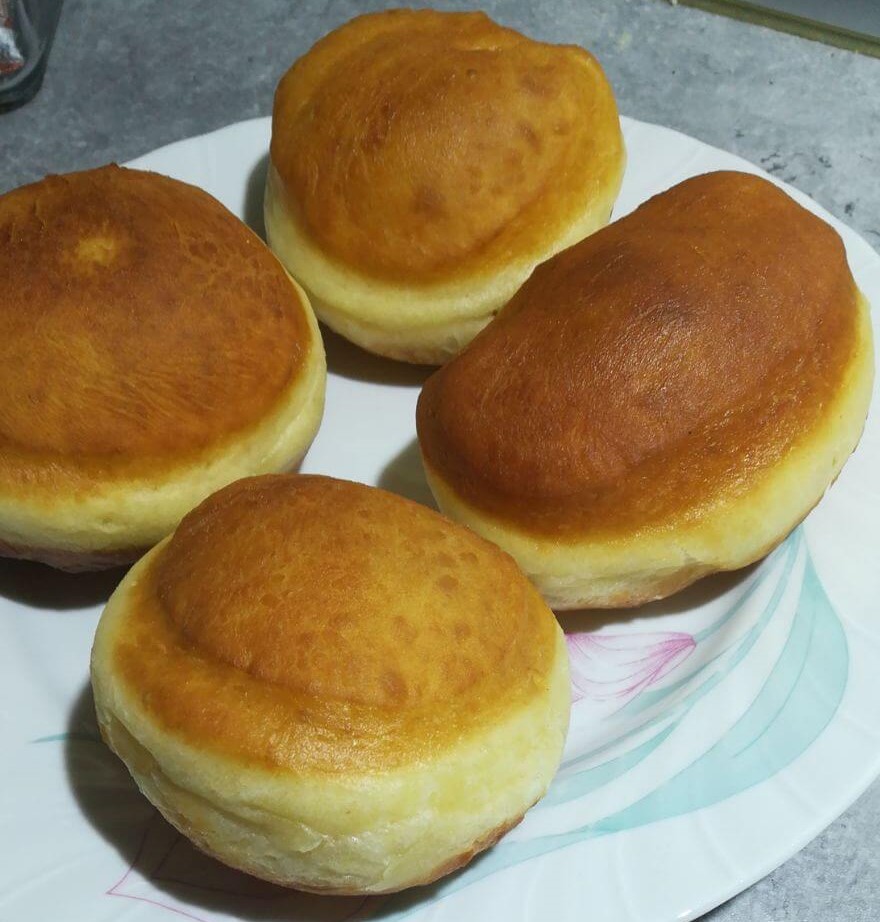
My aunts “krofne” , Private album
During carnival and masquerade in February, the most popular sweet food is donuts (krofne). It is a German sweet dessert made of leavened pastry, baked primarily in hot fat in these parts of the country or oil. In Slavonia, these donuts are called “krofne,” which is a distorted name from the German word “krapfen,” whereas in northern parts like Zagreb and the region of Zagorje, they’re called “krafne”. Interestingly, they’re not usually baked very often, only on special occasions, like “svinjokolja” (pig slaughter), New Year’s, and of course, Carnival. Furthermore, our ancestors believed that “krofne,” while being cooked and rising in volume, symbolizes grace in every aspect of life. Nevertheless, “krofne” are still very prominent in the lives of Slavonians, and they’re usually eaten with powdered sugar and homemade jams. Newer versions of “krofne” come with Nutella and other chocolate spreads, which are very popular with children.
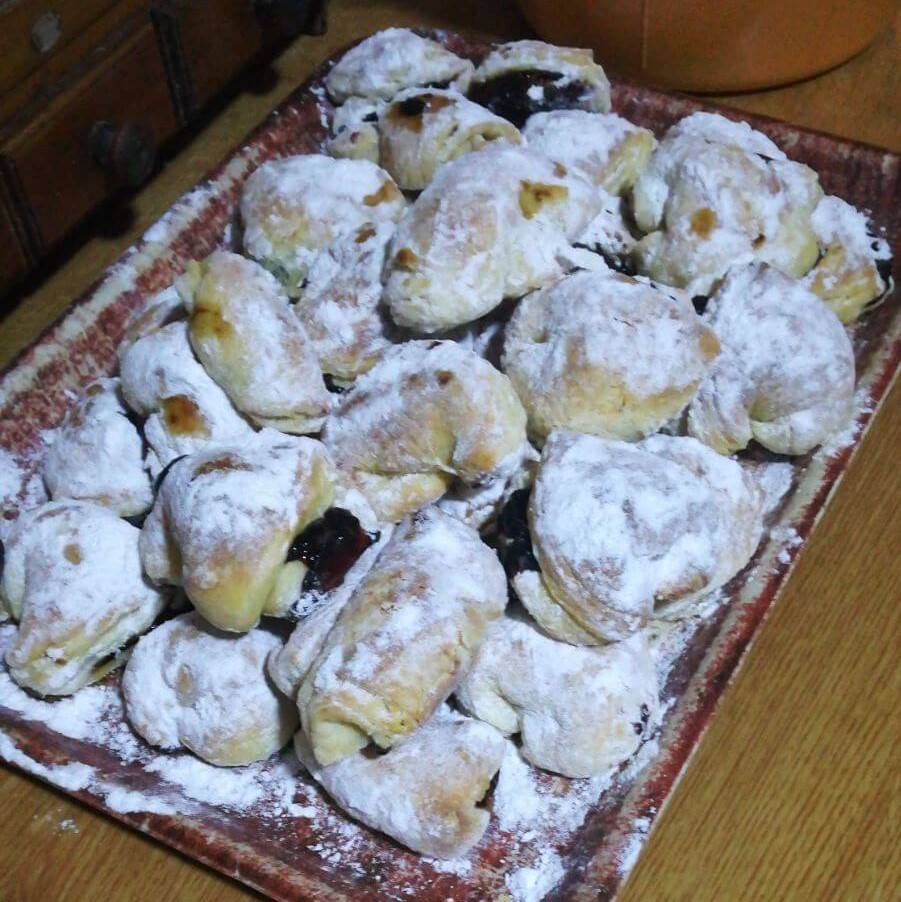
My aunts “salednjaci” – puff pastry dessert with homemade jam, traditional Slavonian delicacy, Private album
This sweet delicacy is a typical traditional Slavonian dessert prepared during “svinjokolja” and the Carnival – “salednjaci.” The name varies in other regions in Croatia; for example, in Zagreb and Zagorje, it is called “salenjaci.” Butter is a usual ingredient for puff pastry, but mothers and grandmothers would use pig lard because there would be a lot of it left after pig slaughter. Also, butter was costly back in the day, so people had to find ways to make those desserts. This delicacy is known as “Croatian croissants with character” and “a cake with thousand leaves” since the puff pastry is folded four times during the process. They’re usually filled with homemade blue plum or an apricot jam. Unfortunately, people have reservations about this dessert because of a misconception that pig fat or lard are not healthy.
On the contrary, it’s healthier than most of the ingredients we consume today. The dessert got lost in the last two decades or so, but it’s slowly coming back through the effort of institutions that preserve tradition and women who started bringing out this dessert on special occasions. Of course, that includes traditional events and festivities in Slavonia during wintertime.
Furthermore, sweet cakes and pastries like “mađarica,” “bijela pita,” “medena pita,” and more are also included on this list. Still, it would take a few more articles to name all traditional Slavonian food.
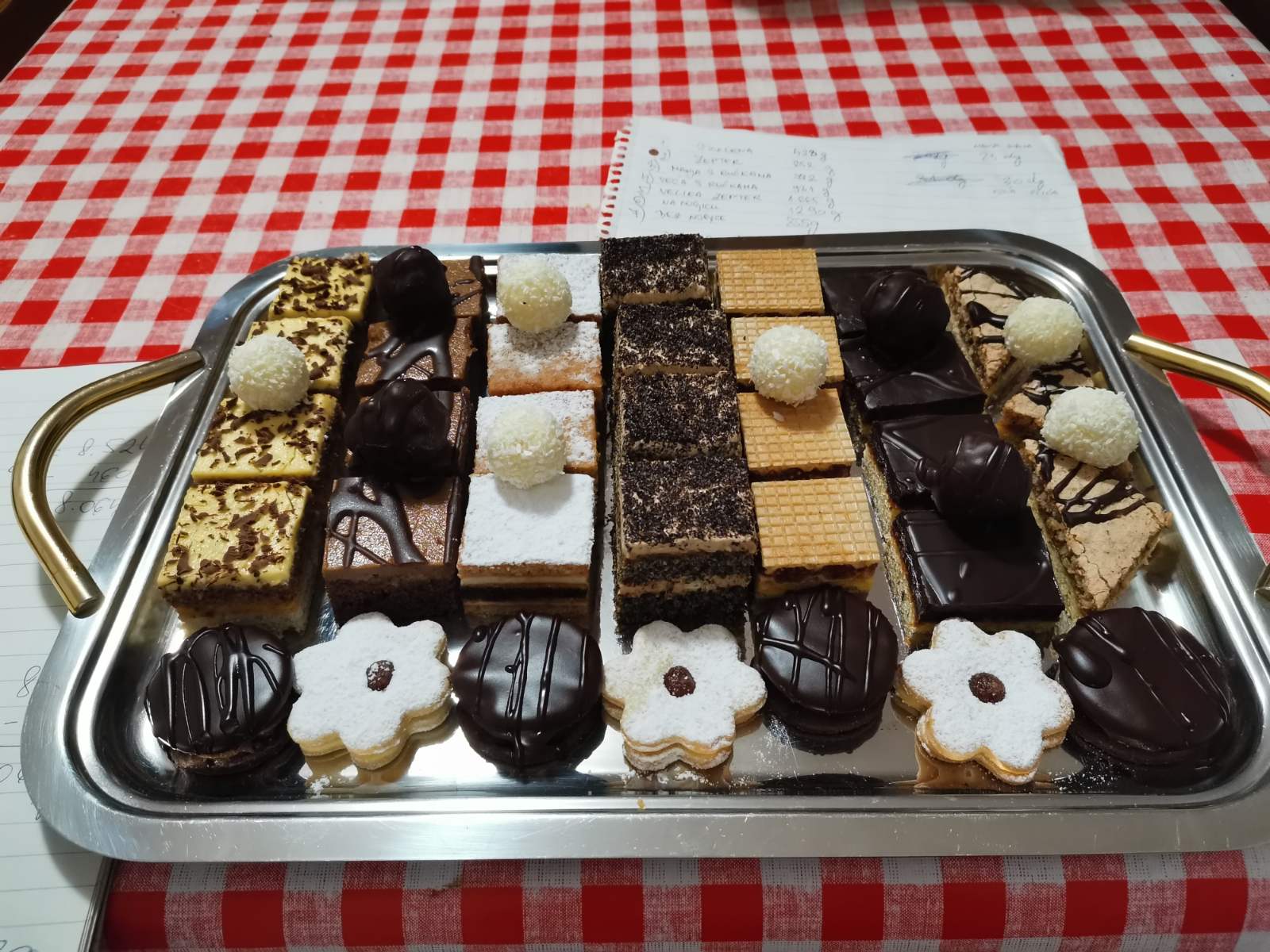
My mother’s sweet cakes and pastries, usually made during winter times, Private album
In the end, this article can also be used as an invitation for you to come to Slavonia and participate in the Carnival and other festivities to try these rich delicacies that fed generations and generations of people and still do. There are seven days left until Lent, so hurry up and experience the rich Slavonian life because if there’s one thing Slavonians know how to do, it is eating rich and enjoying life.
For more, check out our lifestyle section.

